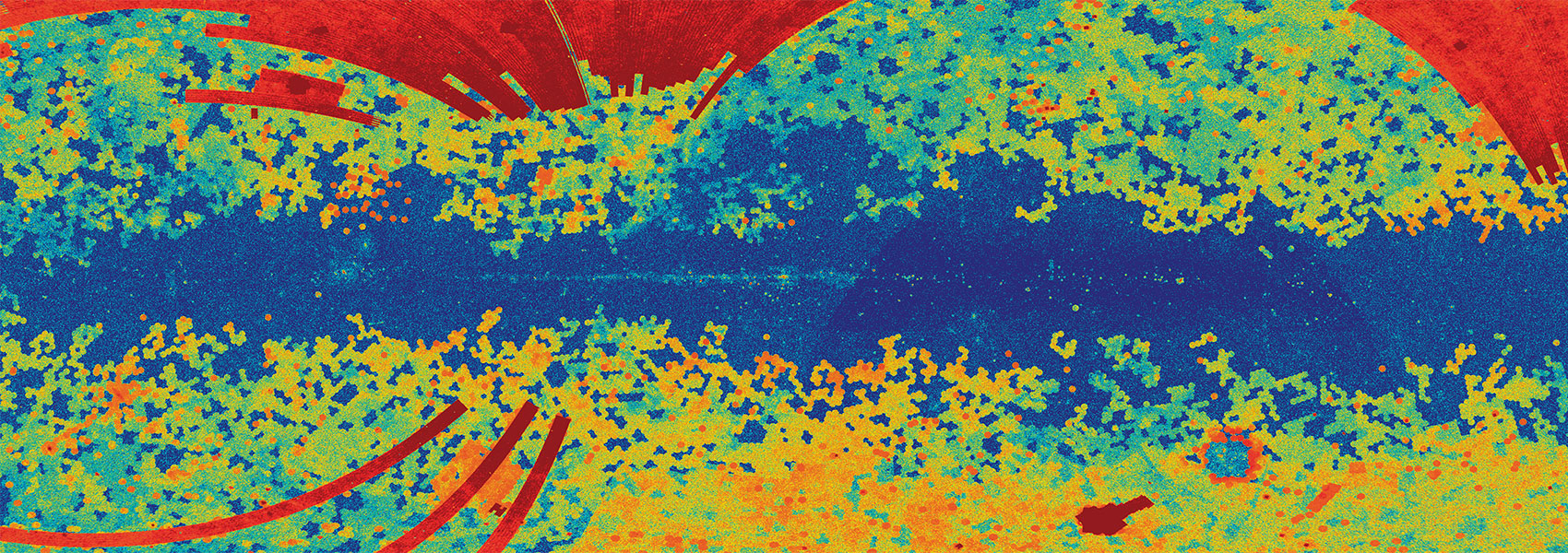October
2009
•
2009ApJ...704L.118R
Authors
•
Roming, P. W. A.
•
Pritchard, T. A.
•
Brown, P. J.
•
Holland, S. T.
•
Immler, S.
•
Stockdale, C. J.
•
Weiler, K. W.
•
Panagia, N.
•
Van Dyk, S. D.
•
Hoversten, E. A.
•
Milne, P. A.
•
Oates, S. R.
•
Russell, B.
•
Vandrevala, C.
Abstract
•
We present the UV, optical, X-ray, and radio properties of the Type IIb SN 2008ax discovered in NGC 4490. The observations in the UV are one of the earliest of a Type IIb supernova (SN). On approximately day 4 after the explosion, a dramatic upturn in the u and uvw1 (λc = 2600 Å) light curves occurred after an initial rapid decline which is attributed to adiabatic cooling after the initial shock breakout. This rapid decline and upturn is reminiscent of the Type IIb SN 1993J on day 6 after the explosion. Optical/near-IR spectra taken around the peak reveal prominent Hα, He I, and Ca II absorption lines. A fading X-ray source is also located at the position of SN 2008ax, implying an interaction of the SN shock with the surrounding circumstellar material and a mass-loss rate of the progenitor of \dot{M} = (9± 3) × 10^{-6} M_{⊙} yr^{-1}. The unusual time evolution (14 days) of the 6 cm peak radio luminosity provides further evidence that the mass-loss rate is low. Combining the UV, optical, X-ray, and radio data with models of helium exploding stars implies the progenitor of SN 2008ax was an unmixed star in an interacting binary. Modeling of the SN light curve suggests a kinetic energy (Ek ) of 0.5 × 1051 erg, an ejecta mass (M ej) of 2.9 M sun, and a nickel mass (M Ni) of 0.06 M sun.
Links



